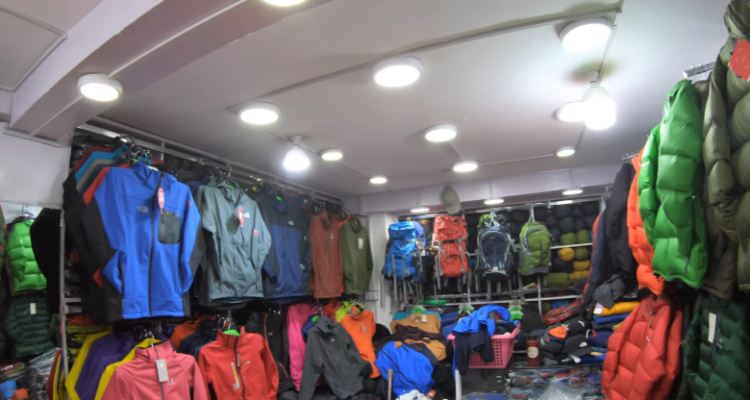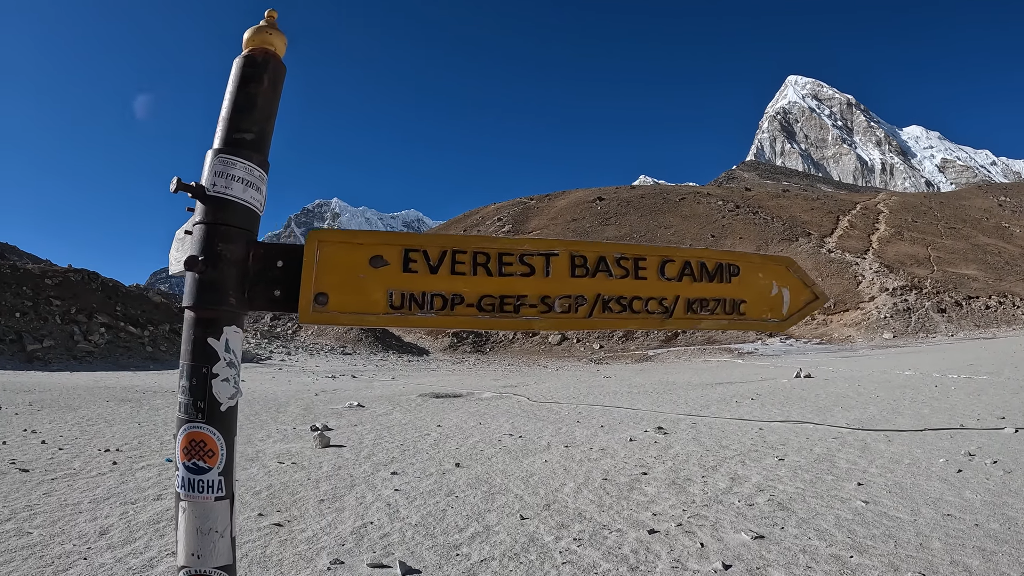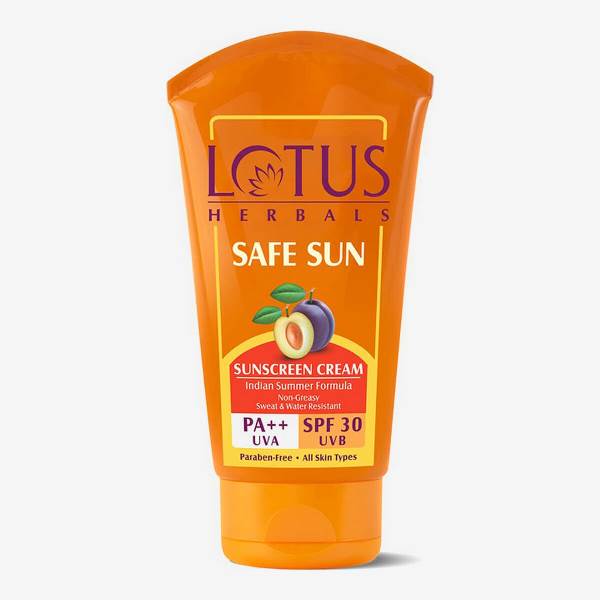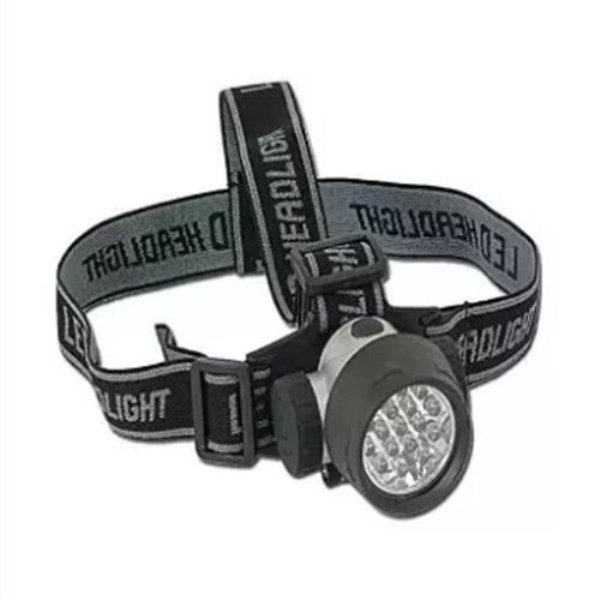August 19, 2023

Embarking on the iconic Everest Base Camp trek is a journey of a lifetime, offering a unique opportunity to experience the stunning Himalayan landscapes, rich cultural interactions, and the challenge of conquering one of the world’s highest trekking destinations. As you prepare to set foot on this awe-inspiring path, meticulous packing becomes paramount. The journey to Everest Base Camp is not just a physical endeavor but also a test of adaptability to fluctuating weather, altitude, and remote environments.
Nestled in the heart of the Khumbu region of Nepal, the Everest Base Camp trek demands thorough preparation to ensure your safety, comfort, and enjoyment. The route traverses through a variety of terrains, from lush forests to rocky moraines, and takes you through picturesque Sherpa villages, where you can immerse yourself in the local culture and hospitality. The extreme altitudes and unpredictable weather patterns require a well-thought-out packing strategy that balances essential gear with the need to travel light.
This comprehensive packing list serves as a guide to equip you for the Everest Base Camp trek’s challenges and rewards. It encompasses everything from essential clothing and gear to necessary accessories, with a focus on functionality, versatility, and durability. By thoughtfully assembling your gear and essentials, you can embark on this remarkable adventure with confidence, fully prepared to relish every step of the journey while creating lasting memories of an unforgettable experience amidst the world’s highest peaks.

Trek from Gorakshep to Everest base camp
The weather at Everest Base Camp is highly variable and challenging due to its high altitude. In general, the temperature can range from -15°C (5°F) during the day to -20°C (-4°F) at night, with even colder temperatures possible during winter months. The area experiences two main seasons: pre-monsoon (spring) and post-monsoon (autumn). Spring sees milder temperatures, clearer skies, and is considered the best time for trekking, while autumn also offers stable weather. Monsoon season (June to August) brings heavy rainfall, making the trails muddy and less safe. Winter (December to February) is extremely cold and poses additional risks. Trekkers must be prepared for sudden weather changes and carry appropriate gear for all conditions.
Here’s a simplified list of clothing for the Everest Base Camp trek:
Here’s a list of footwear suitable for the Everest Base Camp trek:
For the Everest Base Camp trek, it’s important to have a backpack that can comfortably carry all your essentials while being appropriate for the conditions and duration of the trek. A backpack in the range of 40-50 liters is generally suitable for most trekkers. Here’s what to consider:

Duffel bag for trekking in nepal
While a duffel bag isn’t strictly required for the Everest Base Camp trek, it can be highly convenient. Many trekkers opt for a duffel bag to pack their heavier gear, which is then carried by porters or yaks. This allows you to hike with a lighter daypack, making the trek more comfortable. A durable, waterproof duffel bag is recommended to keep your belongings safe and dry. However, some trekkers choose to carry all their gear in a backpack. Ultimately, the decision depends on your personal preference and the level of convenience you’re seeking during the trek.
When you’re going on the tough Everest Base Camp trek, you need a good sleeping bag. Get one that’s made for temperatures between -10 to -15 degrees Celsius. This will keep you warm during the very cold nights in the Himalayas. Look for a bag with soft material inside, a hood to cover your head, and extra layers to keep the warmth in. Also, make sure the bag is strong on the outside to protect against wetness. Don’t forget to also bring a warm jacket to stay cozy in the chilly weather. This will help you have a comfy and safe adventure.
Yes, you are correct. The maximum weight for a porter to carry during the Everest Base Camp trek is generally around 20 kg (44 lbs). This weight limit helps ensure the well-being of the porters, who often trek long distances and through challenging terrain. It’s important to be mindful of this weight limit and pack accordingly, not only for the porters’ sake but also to make your trek more enjoyable by traveling with a lighter load. Keep in mind that the weight limit might vary slightly based on the specific trekking company or regulations in place at the time of your trek.
Packing the right toiletries for your Everest Base Camp trek in 12 days is important for a comfortable journey. Keep it simple and lightweight. Bring biodegradable soap, toothbrush, toothpaste, and a small towel. Hand sanitizer is essential. Don’t forget sunscreen and lip balm with high SPF to shield against intense mountain sun. Tissues or toilet paper are handy as restroom facilities vary. Wet wipes help with quick cleanups. Include a basic first aid kit with band-aids, blister treatment, and any personal medications. Remember, packing efficiently is key due to limited space and the need to respect the environment in this remarkable adventure.

suncream ebc trek
For the Everest Base Camp trek, it’s crucial to use a high-quality sunscreen with a high Sun Protection Factor (SPF) due to the intense mountain sun and high altitude. Look for a broad-spectrum sunscreen with an SPF of 30 or higher to effectively shield your skin from both UVA and UVB rays. Additionally, choose a sunscreen that is water-resistant and suitable for outdoor activities. Since the air at higher altitudes can be dry, consider a sunscreen with moisturizing properties to keep your skin hydrated. Remember to reapply sunscreen every couple of hours to maintain protection throughout your trek.
When preparing a first aid kit for your Everest Base Camp trek, it’s important to include items that can address common trekking-related injuries and ailments. Here’s a basic list of items to consider:
Customize your first aid kit based on your individual needs and any pre-existing medical conditions. Keep in mind the potential altitude-related health issues and consult with a medical professional before your trek. It’s also a good idea to learn basic first aid procedures before setting out on your adventure.

A reliable flashlight is indispensable for the Everest Base Camp trek, particularly during sunrise ascents to Kala Patthar from Gorak Shep. Limited power availability in the upper Everest region makes a flashlight essential for navigating in the dark, whether it’s for watching the sunrise or attending to nightly needs like going to the bathroom or reading in your room. Ensuring your flashlight has fresh batteries and is lightweight will ensure it becomes an invaluable tool for safety and convenience in these low-light situation

EBC trek Packing List
Prioritize quality and functionality when choosing your gear. Pay attention to the conditions you’ll encounter, as weather and altitude can vary greatly. Packing light and efficiently is crucial, so aim for versatile items that can serve multiple purposes. Make sure to acclimatize properly, stay hydrated, and follow local guidelines and recommendations to ensure a safe and enjoyable Everest Base Camp trek.

Trekking gear shops in Namche Bazaar
Yes, you’re right! If you forget to buy some trekking gear before embarking on a trek in the Everest region of Nepal and find yourself in Lukla or Namche Bazaar, you can still purchase the necessary gear there. Both Lukla and Namche Bazaar are popular starting points for treks to Everest Base Camp and other nearby destinations, so they have a range of shops and stores that cater to trekkers.
In Lukla and Namche Bazaar, you can find a variety of trekking gear and equipment such as clothing, footwear, backpacks, sleeping bags, trekking poles, and other essentials. Keep in mind that the availability and quality of gear might vary, and prices can sometimes be higher compared to purchasing them in larger cities like Kathmandu. However, it’s a convenient option for those who may have forgotten to bring certain items or are looking to replace or upgrade their gear during the trek.
It’s always a good idea to do some research beforehand to know what essential items you need for your trek and have a general understanding of their prices. This will help you make informed decisions and ensure you have a comfortable and safe trekking experience.